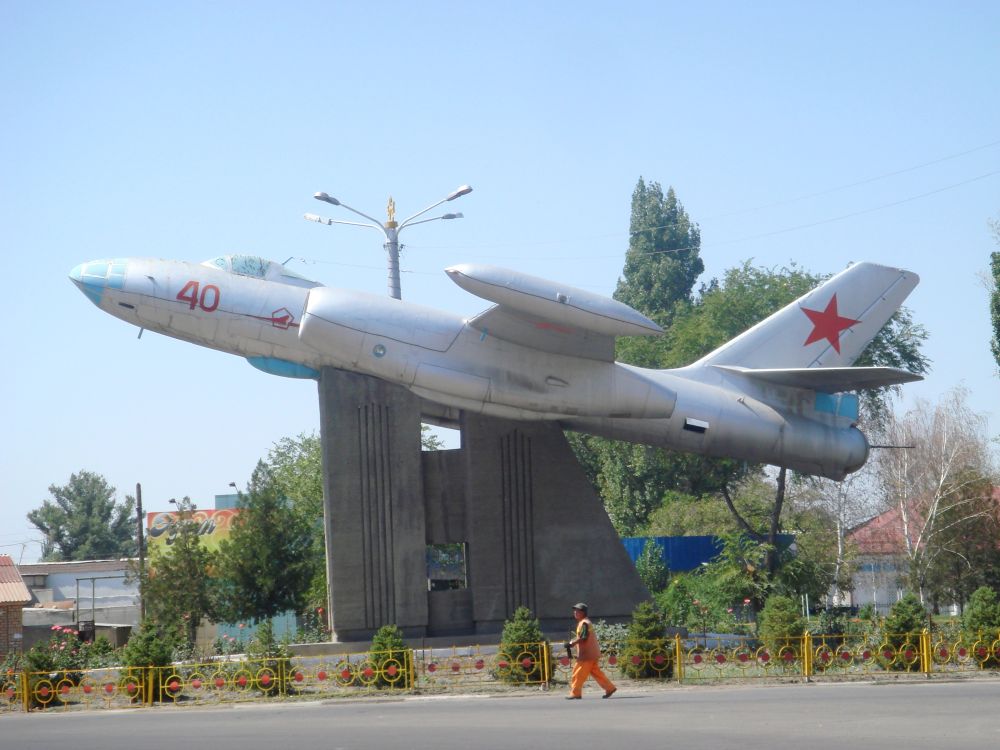

The city of Tokmok in Kyrgyzstan, nestled in the Chuy Valley with a backdrop of the celestial Tien Shan Mountains, historically served as a crossroad of civilizations and a hub for trade and cultural exchange on the ancient Silk Road. This engaging area has gradually emerged as a unique tourist destination, attracting history buffs, adventure seekers, and cultural enthusiasts alike.
In the early stages, tourism in Tokmok was a modest affair, primarily involving local and regional visitors intrigued by its significant historical landmarks and natural beauty. The Burana Tower, a remnant of the ancient city of Balasagun, has been a significant draw for those interested in the rich tapestry of Central Asian history. As the global community became more connected, the interest in the Silk Road's cultural heritage sites, including those in Tokmok, began to grow.
Post-independence from the Soviet Union in 1991, Kyrgyzstan, and consequently Tokmok, started opening up to international tourism. Awareness of the country’s potential as a tourism destination increased, and efforts to preserve and showcase historical sites intensified, making Tokmok more appealing to foreign visitors.
Today, tourism in Tokmok is witnessing a blend of traditional appeal with emerging trends that cater to a variety of tourist interests:
The government of Kyrgyzstan and various NGOs are working to develop and promote tourism in Tokmok responsibly, ensuring both the conservation of its rich heritage and the sustainable socioeconomic development of the region.
To any traveler seeking an uncharted experience blending history, culture, and adventure, Tokmok stands as a gateway to exploring the heart of Central Asia’s enchanting landscapes and storied past. With each passing year, it is slowly carving its niche in the global tourism scene, inviting visitors to discover its hidden splendors.